Tag Archives: Phragmites
Habitat News: Beech Trees, New Wildflower, and Reeds!
1) Champion Beech
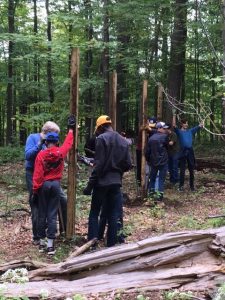
The bad news: this year we have officially declared the Champion Beech Tree dead. The tree, located along Reinstein Woods’ Beech Tree Trail, was the largest forest-grown beech tree in New York State’s Big Tree Registry. It had been in decline from natural causes for several years, and at more than 250 years old, it lived a good lifespan for an American beech tree.
The good news: In September, Boy Scout Oren Forgette of Boy Scout Troop V completed his Eagle Scout project by building a deer exclosure near the champion beech. The exclosure is protecting several young beech and maple trees from being eaten by deer. Some of the young beech trees may be offspring of the Champion beech.
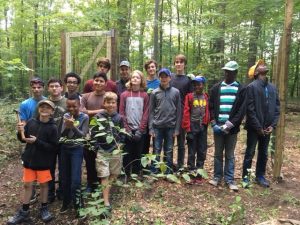
2) New Wildflower Found
In other good news related to deer exclosures, a new wildflower was discovered at Reinstein Woods! Hiding in a deer exclosure in the sanctuary area of the preserve is tall rattlesnake root (Prenanthes altissima), a plant that is native to New York and is also called wild white lettuce. The particular deer exclosure it inhabits was also built several years ago by an Eagle Scout. This plant, photographed this summer while in bloom, becomes the 198th herbaceous plant species identified at Reinstein Woods!
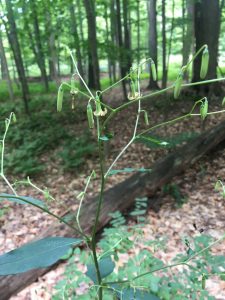
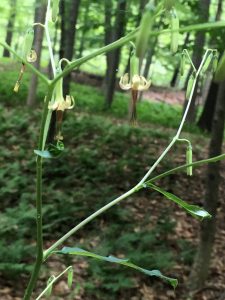
3) Battle Against Invasive Plant Makes Progress
Friends of Reinstein had help this year as it completed its third year of controlling an invasive plant known as common reed, or Phragmites australis, that threatens habitats at Reinstein Woods.
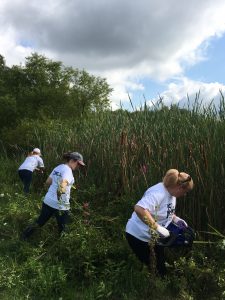
In the spring, a crew from the Excelsior Conservation Corps planted trees and native wildflowers in areas of the sanctuary where common reed has been greatly reduced. During the summer, volunteers with the local Youth Build program and Curbell employees also helped by removing young stalks coming up in sites where the plant used to grow. Native wildflowers, including spotted Joe Pye weed, swamp milkweed, and beggar’s tick are starting to flourish at some of the sites. A donation from employees at Bond, Schoeneck and King helped supply some of the plants.
Next spring Reinstein Woods will be training volunteers to be part of a “Strike Force” that will monitor areas where common reed was removed and try to stop any reinfestation.
Friends and DEC join Forces to Combat Invasive Common Reed
Thanks to a grant from the New York Power Authority, Friends of Reinstein Woods will be beginning a two-year effort to control common reed in some portions of Reinstein Woods. Common reed, also known by its Latin name Phragmites australis, is an aggressive species that is impacting cattail marshes in the southern half of Reinstein Woods.
A certified pesticide applicator will cut stems and directly apply chemicals to the plants in early fall, when the plants are moving sugars down into their roots. The treatment will be followed by mowing a few weeks later. Most of the work will happen in the sanctuary in the southern half of the preserve, away from the public trails. The treatment will be repeated next year, in the hopes that only spot treatments will be needed after that.
You may notice that common reed is common in other parts of Reinstein Woods as well. If the project is successful in protecting our cattail marshes, similar methods may be used to combat common reed in other parts of the preserve.

